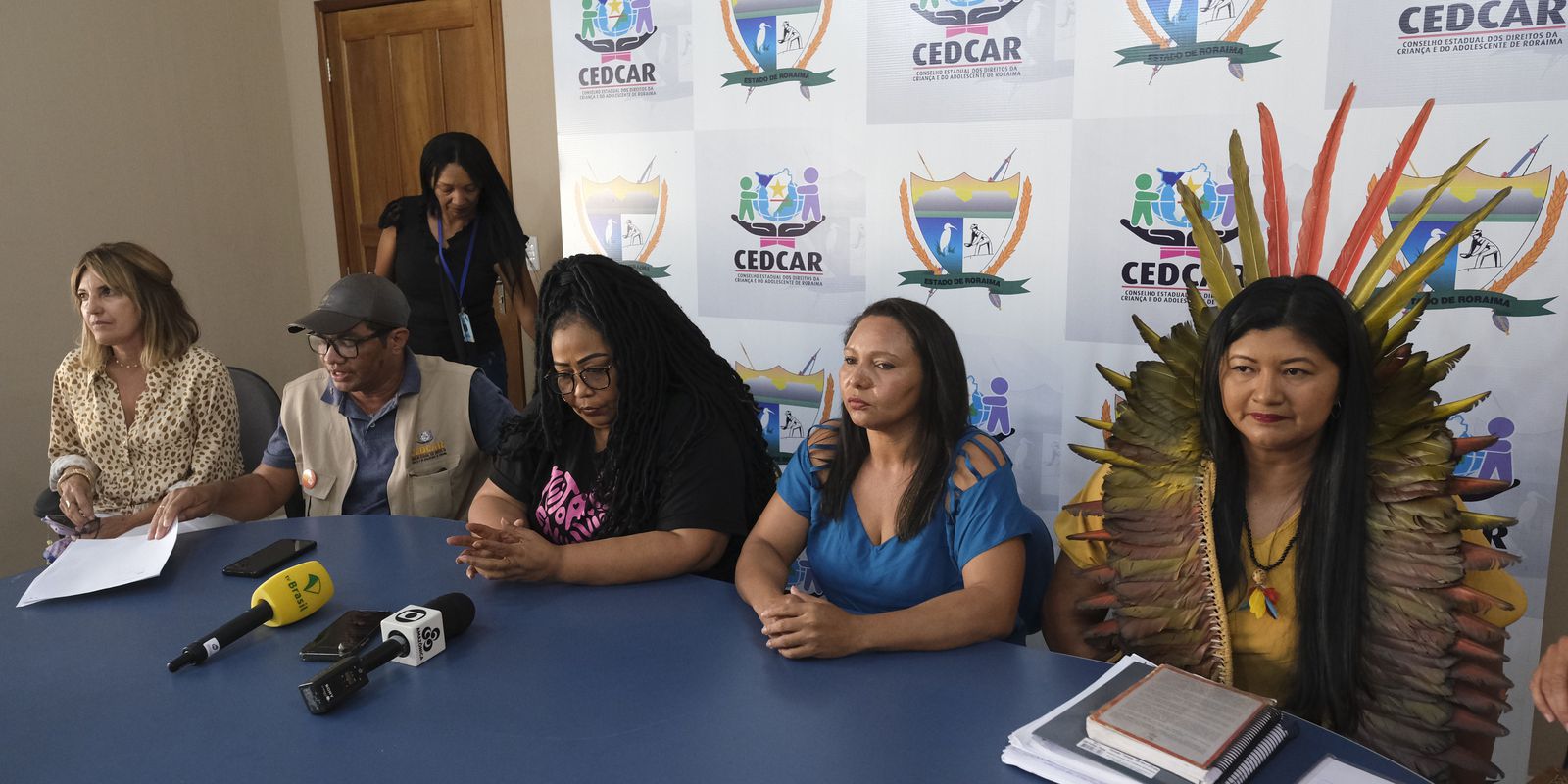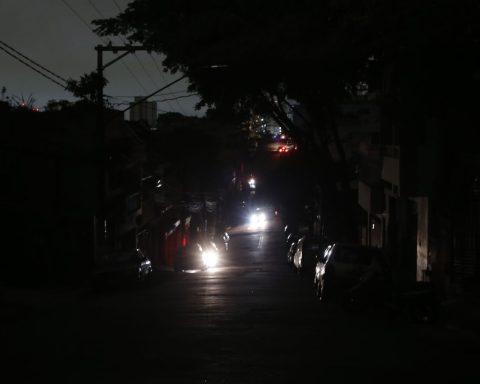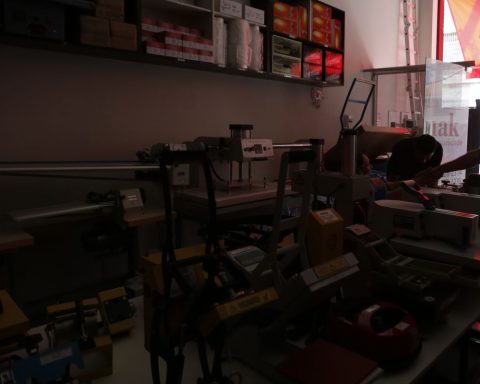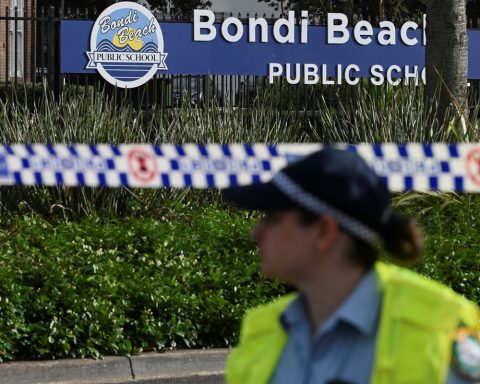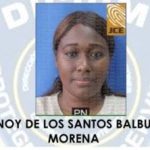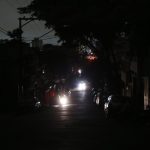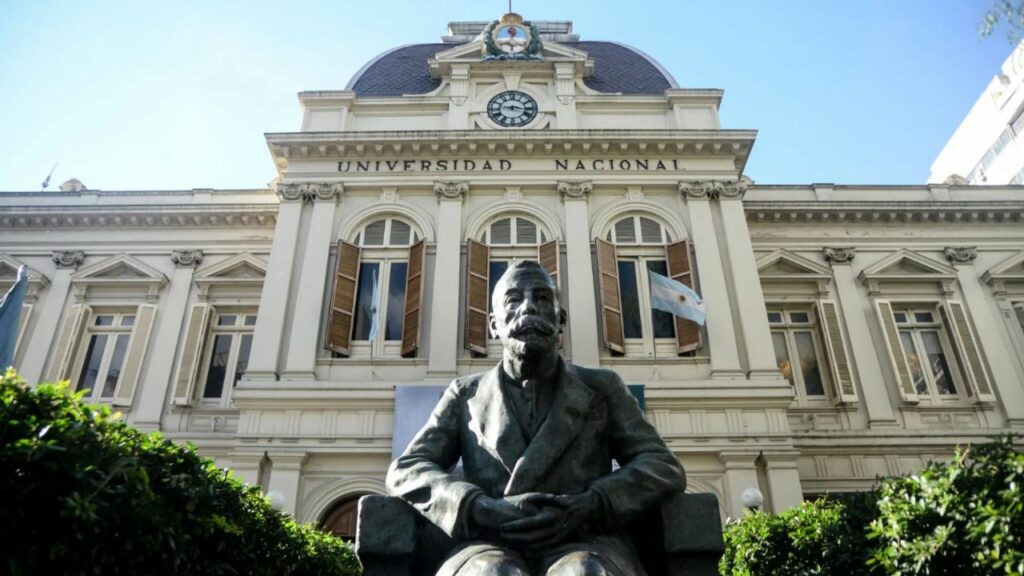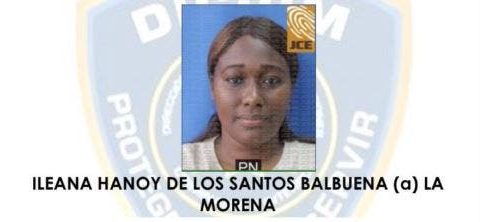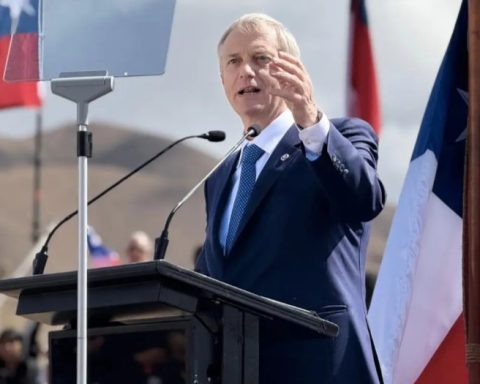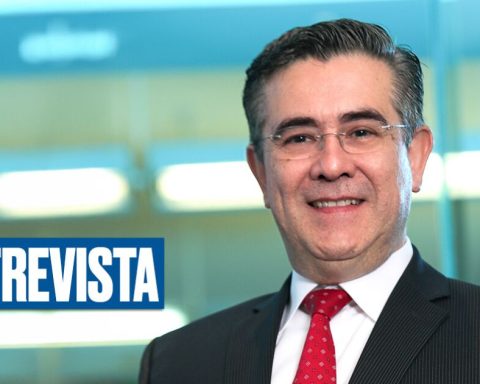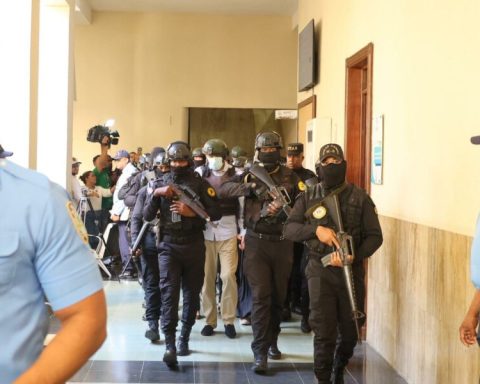Indigenous people of the Yanomami people, in Roraima, are obliged to pay an access fee of at least R$ 200 charged by landowners in order to reach the seat of the municipality of Alto Alegre, in the western region of the state. The complaint appears in a report released by the State Council for the Rights of Children and Adolescents of Roraima (Cedcar), which visited the city this week, accompanying a delegation from the Ministry of Human Rights and Citizenship. The organization presented a document summarizing the visit at a press conference this Friday (3), in Boa Vista. 
“As a result of this whole mining issue, they need to go to the municipal headquarters to buy food. And the illegal and arbitrary charging of R$ 200 for each group of indigenous people that may pass through the land of farmers. We reject this. “, said Paulo Thadeu, general secretary of Cedcar.
The information was also confirmed to Agência Brasil by the indigenous leader Júnior Yanomami. According to him, the “toll” charged by farmers can reach R$ 300 per trip.
“[Cobram] about R$ 300 in toll. We depend on that to be able to get to Alto Alegre”, he said. The municipality borders the Yanomami Indigenous Land (TIY) and is very accessible, by land, by the indigenous people who live closer. They need to go to the city to buy food , groceries, withdraw social benefits such as Bolsa Família, seek health care, among other services. However, not all Yanomami indigenous people are able to access by road. The largest Indigenous Land (TI) in the country, the Yanomami reserve is immense and, in some locations, it is only possible to arrive by air.
The report presented by Cedcar summarizes the visit carried out in four municipalities that border the Yanomami TI. In addition to Alto Alegre, there were meetings with municipal managers from Mucajaí, Iracema and Caracaraí.
prospecting
In the district of Vila de Campos Novos, which belongs to the municipality of Iracema, the complaint is about the existence of airstrips that serve illegal mining. “It was said that Vila de Campos Novos, a district in the municipality of Iracema, serves as a logistical support base for mining activity, as it is right on the border of the Indigenous Land. The airstrips are also close to this village and not has no control from the authorities. The municipality does not have a specific register of care for indigenous peoples. The Brazilian State needs to take an emergency action in the area of health, social and security in this region”.
Near the headquarters of the municipality of Alto Alegre, the existence of a structure for landing and taking off helicopters was also reported. According to the Cedcar report, prospectors charge up to R$8,000 to transport prospectors to the Indigenous Land. “This amount is paid by the entrepreneur who will be deducted after the prospector during his work in the mining area”, says an excerpt from the document.
Lack of structure
In Mucajaí, municipal managers denounced the lack of structure in the city’s hospital to care for indigenous people. They also presented a study on the contamination of water in the municipality, which affects consumption by the local population and fishing.
In Caracaraí, which is further south, on the banks of the Rio Branco, guardianship councilors and municipal managers reported that at least 30 indigenous people are camped in the city and that there is no public assistance for these people. According to the complaint, three Yanomami children were even taken in by the Tutelary Council and later returned to their families, but six more children are still institutionalized in the public network’s reception unit.
“The management said that today the Catrimani ethnic group already lives in the city and that there are reports of relationships between indigenous people and non-indigenous people, which causes the pregnancy of these indigenous women and which often ends up causing the abandonment of children, as they would hardly be accepted in the community “.
